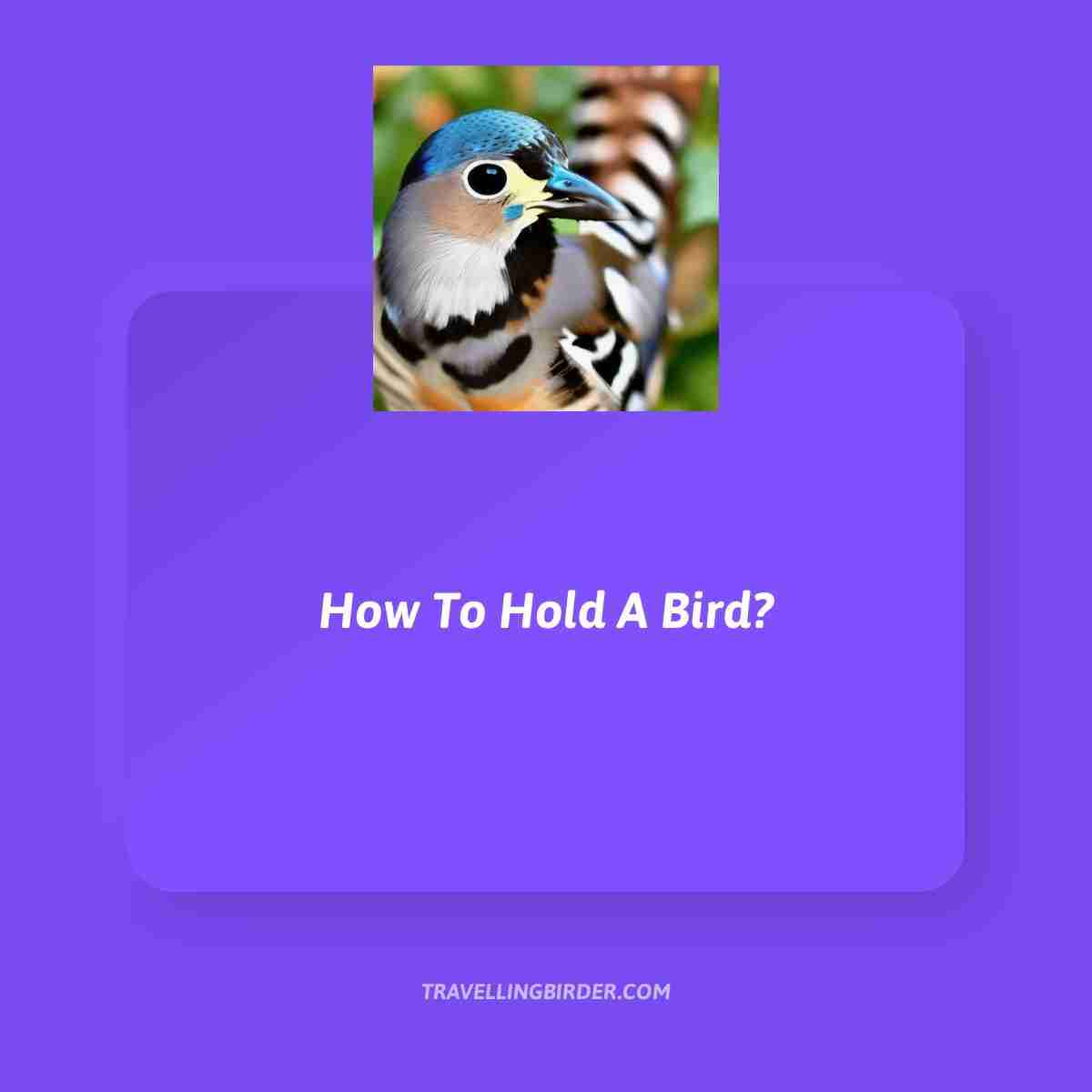Through my years as an avian expert, my experience has taught me the language of birds—each chirp and flutter a dialogue.
I recall the first time a parrot, emerald feathers gleaming, cautiously stepped onto my outstretched hand. In that moment, I believe, a silent understanding was forged. With each soft utterance of ‘step up,’ I saw trust bloom.
The bird’s grip on my finger tightened just enough to signal comfort, not fear. That precious interaction, as I carefully supported its delicate frame, was more than a routine; it was the beginning of an unspoken friendship built on mutual respect.
Key Takeaways
- Approach the bird calmly and use gentle movements and a soothing voice.
- Offer treats or a favorite toy to reinforce positive behavior during interaction.
- Use the correct pick-up technique by extending your finger near the bird’s feet and using a ‘Step Up’ command.
- Observe the bird’s body language for signs of comfort or stress and adjust your approach accordingly.
Approaching Your Feathered Friend

When you’re ready to approach your feathered friend, move toward them calmly and steadily to minimize any potential alarm. Use a gentle voice and steady movements to let your bird become familiar with your presence.
To teach your bird to step up and interact with you, patience is vital. Spend time with your bird daily, offering treats or a favorite toy as a form of positive reinforcement. This will help build a bond of trust.
Always be mindful of your bird’s body language. If they seem uncomfortable or stressed, it’s important to respect their space and try again later. Remember, approaching your feathered friend is about fostering a mutual respect and understanding, not forcing interaction.
The Correct Pick-Up Technique

Mastering the correct pick-up technique ensures a stress-free experience for both you and your bird, fostering a deeper bond through gentle interaction. When you’re ready to pick up a bird, calmly extend your index finger near its feet and use a gentle ‘Step Up’ command. This is one of the fundamental bird handling techniques that can help your pet feel secure.
Keep in mind, it’s important to remember not to grab or squeeze, as birds enjoy being handled with care. Look for positive cues from your bird and offer a treat once it steps up, reinforcing this positive behavior.
| Emotion | Body Language | Response |
|---|---|---|
| Trust | Calm stepping | Praise |
| Fear | Hesitation | Patience |
| Comfort | Relaxed grip | Treat |
| Stress | Squirming | Reassure |
| Joy | Wings relaxed | Smile |
Always respect your bird’s comfort level and never forcibly restrain a bird, ensuring a happy and trusting relationship.
Signs of Bird Comfort and Stress

A bird’s body language offers clear indicators of its emotional state. A relaxed posture and smooth feathers signal comfort, while puffing up or cowering suggest stress.
As a pet bird owner, you should be vigilant for signs of a sick bird. These can include excessive vocalization or a lack of interest in surroundings.
To help your bird maintain its wellbeing, make sure to observe its behavior regularly. Curiosity and a gentle demeanor when handled show your bird feels safe. Conversely, aggression or attempts to escape could signal immediate danger or discomfort.
Understanding these signs of comfort and stress will enable you to create a nurturing environment and take action if your bird’s health is at risk.
Post-Holding Care and Observations

Having learned to recognize your bird’s comfort and stress signals, it’s equally important to carefully monitor its behavior for any signs of distress following handling. Whether you’ve just welcomed a new bird or are bonding with a potential mate, post-holding care and observations are crucial.
- Observe the bird for abnormal behavior, making sure it resumes normal activities like eating, drinking, and vocalizing.
- Create a calm environment for recovery, especially if it was necessary to restrain the bird.
- Check that your pet bird has access to fresh food and water, and a comfortable resting place.
- Seek veterinary help if you notice any signs of illness or if the bird’s head or body language suggests prolonged stress.
Always approach post-holding care with sensitivity and respect.
Frequently Asked Questions
How Are You Supposed to Hold a Bird?
You’re asking about proper bird handling. You should gently encourage the bird onto your hand or forearm, avoiding harmful grips, and keep it at a safe distance from your face. Always be gentle and patient.
How Do You Get a Bird to Let You Hold It?
To get a bird to let you hold it, you’ll need patience, trust-building, and consistent training with the step-up command, using treats and praise to reinforce positive interactions and handling.
How Do You Grab a Small Bird?
To grab a small bird, you shouldn’t actually ‘grab’ it. Instead, gently coax it onto your hand or use a soft towel, avoiding harm while ensuring both your and the bird’s safety.
How Do You Get Birds to Let You Hold Them?
To get birds to let you hold them, you’ll need patience and trust-building. Offer treats, move slowly, and let them come to you. With time, they’ll associate you with safety and comfort.
Conclusion
In conclusion, when you’ve mastered the art of holding your bird with care and respect, you’ll strengthen your bond.
Always observe your bird’s cues closely—comfort signals a job well done, while signs of stress warrant a gentler approach.
After each holding session, ensure your feathered pal is at ease and healthy.
Remember, patience and consistent, loving interactions are key to a happy, trusting relationship with your winged companion.

An avid ornithologist, zoologist and biologist with an unwavering passion for birds and wild animals.
Dr. Wilson’s journey in ornithology began in childhood and led him to obtain a Ph.D. in Ornithology from the prestigious Avian Research Institute. He has worked closely with renowned experts in the field and conducted extensive research and field studies globally.





